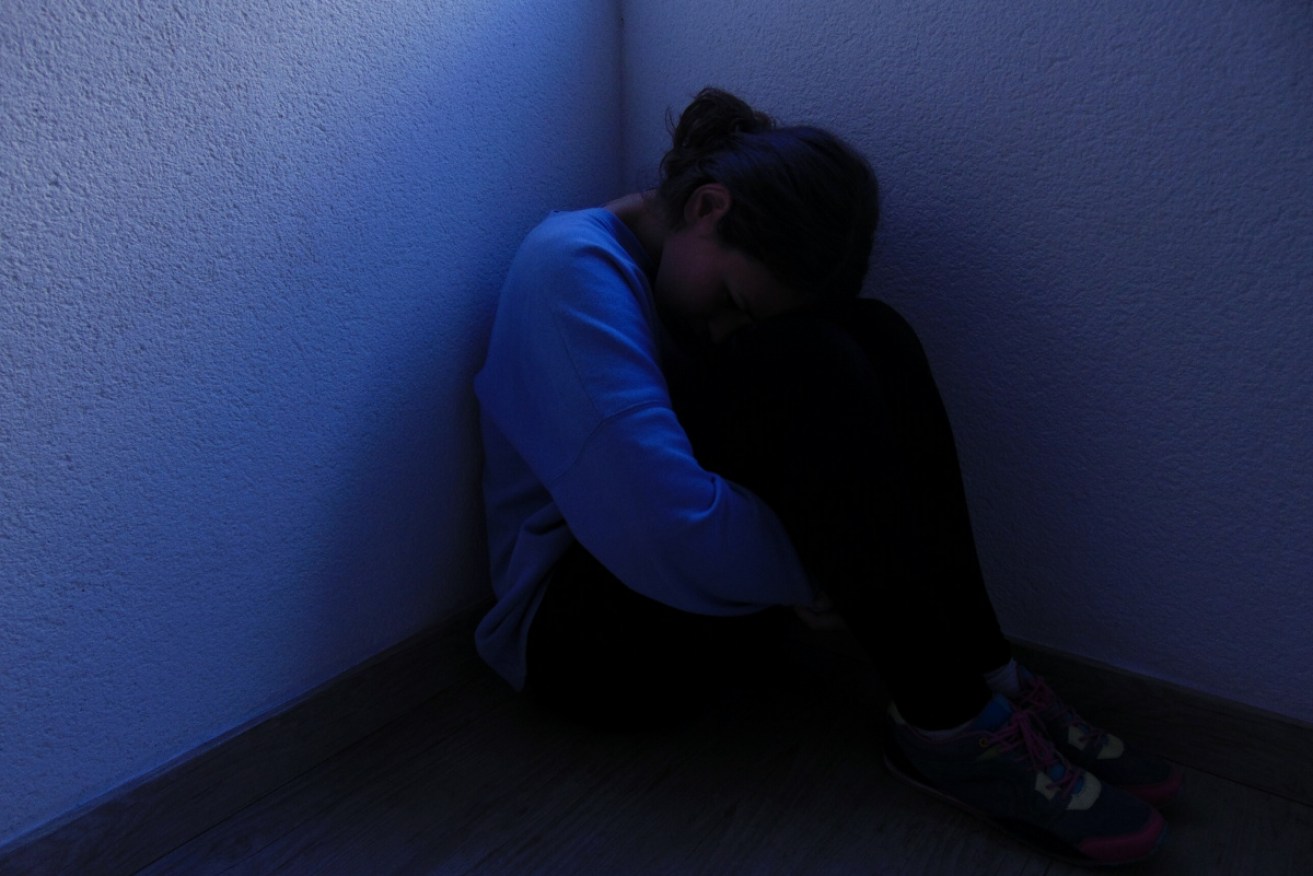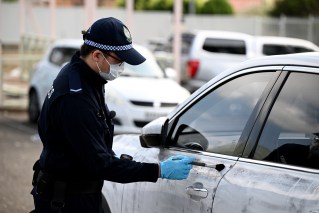Domestic violence: If survivors’ horrific stories don’t warrant action, what does?


The stories women have shared of their torments at the hands of domineering men are chilling - and all too common. Photo: Getty
Some of the stories are heartbreaking.
“He held my puppy’s head under water as a punishment.”
Others reveal years of abusive and manipulative behaviour.
“He had tracking devices on my mobile, followed me by turning up at locations where I was at,” one woman said.
“In the weeks before I was about to leave he had hidden a microphone in the house to record every conversation.”
Another said: “He watched my every move … Whilst I showered or went to the toilet, he watched through windows.”
“He posted intimate photos of me onto various websites without my knowledge or consent … He would use intimidation and coercive behaviour to make me comply.”
And this: “On two occasions he forced me to engage in sexual encounters with men I did not know just to please him and to stop the intimidation and anger from him.”
Or this: “He grabbed my head and smashed my face into a (door). I was knocked unconscious. I was naked and he raped me on the floor of my bedroom.”
Some of the stories, particularly as they relate to animal cruelty, are downright disgraceful and disturbing.
Like the woman whose pet was her whole world. She would sit with the pet, who was a friend, patting her. Her partner said she loved the pet more than him.
Forced to eat her pet
“One day he got my children and shot her, strung her up in the tree and got the kids to help him cut her up. He made me cook her and eat her. He sat and watched.”
These are just some of the dreadful experiences recounted by hundreds of women, victims of domestic violence, whose stories are included in the voluminous Hear Her Voice report, handed down by the Queensland Women’s Safety and Justice Taskforce.
Page after page of awful and heartbreaking testimony, distressing stories, of the fear they live and lived with and recounting of the devastating impact of a coercively controlling partner.
The report is long – three volumes, spanning almost 1000 pages. Some of it is hard to read. Confronting.
And what makes it harder still, is the fact that many victims, brave enough to seek help and redress from the police, were disbelieved, their experiences minimised, police failing to investigate properly their complaints.
The taskforce chief, Justice Margaret McMurdo, likened it to a “raffle” to see if the police officer they encountered would respond appropriately. None of it good enough.
In all, the report makes 89 recommendations for change, key of which is criminalising coercive control by 2023. It says the period before coercive control becomes a crime should be used for the education of police, the criminal justice system, the community.
The taskforce had its genesis after the nation was left shocked and reeling when Hannah Clarke and her three beautiful young children were murdered in a suburban Brisbane street. Hannah’s estranged husband ambushed her as she set out for the school run in her car, pouring petrol on them and setting them alight. He, too, died that day.
Hannah’s family has campaigned for coercive control laws and they welcomed the landmark report for giving women a voice. But not all domestic violence advocacy groups and jurisdictions agree that coercive control laws are the best way forward.
Which way forward?
Whilst Western Australia and Tasmania have coercive control offences enshrined in their legislation, and South Australia is in the process of doing so, Victoria has not – and the issue has prompted divergent opinions and debate about whether such laws are the most effective way to handle the problem.
Victorian groups have called for prevention to be the key focus. Respect Victoria, a statutory authority which provides advice to the Victorian Government, says the focus is “stopping violence before it starts by changing the culture that allows it to happen”.
In a recent position paper, the group advocates an approach to coercive control that is rooted in primary prevention.
And it points out that many Victorian advocates have expressed concerns about criminalisation, saying there is a risk that placing more behaviours under an enforcement regime will drive them underground rather than encourage prevention. There are also concerns that perpetrators could use the legal system to commit systems abuse and further terrorise victims.
Further, some believe that marginalised communities, including Aboriginal women, could suffer unintended consequences. And the Victorian Family Violence Protection Act has coercive behaviour as part of its definition of family violence.
Whilst Tasmania’s offences of “economic abuse” and “emotional abuse” have been in place since 2004, in 2018 that state also introduced a crime of “persistent family violence”.
In 2020, WA also introduced “persistent family violence” into its Criminal Code. In late October 2021, the South Australian Government introduced a bill proposing a new offence of “abusive behaviour”.
Also, in 2021, a New South Wales parliamentary committee recommended that coercive control be criminalised.
Victoria, it seems, is the outlier when it comes to criminalisation of coercive control.
But it should be remembered that Victoria is also the only State to have run a royal commission into family violence. It made 227 recommendations. So far, 204 of them have been implemented and 23 are in progress. The Government has pledged all will be implemented.
Criminalising coercive control was considered by the commission but not recommended.
And a research project at the Monash Gender and Family Violence Prevention Centre is currently analysing the experience of victim survivors of coercive control from around Australia.
Professor Kate Fitz-Gibbon, the centre’s director, says 170 interviews have been conducted with victim survivors, both where coercive control is law and where it is not. Those findings are currently being analysed.








